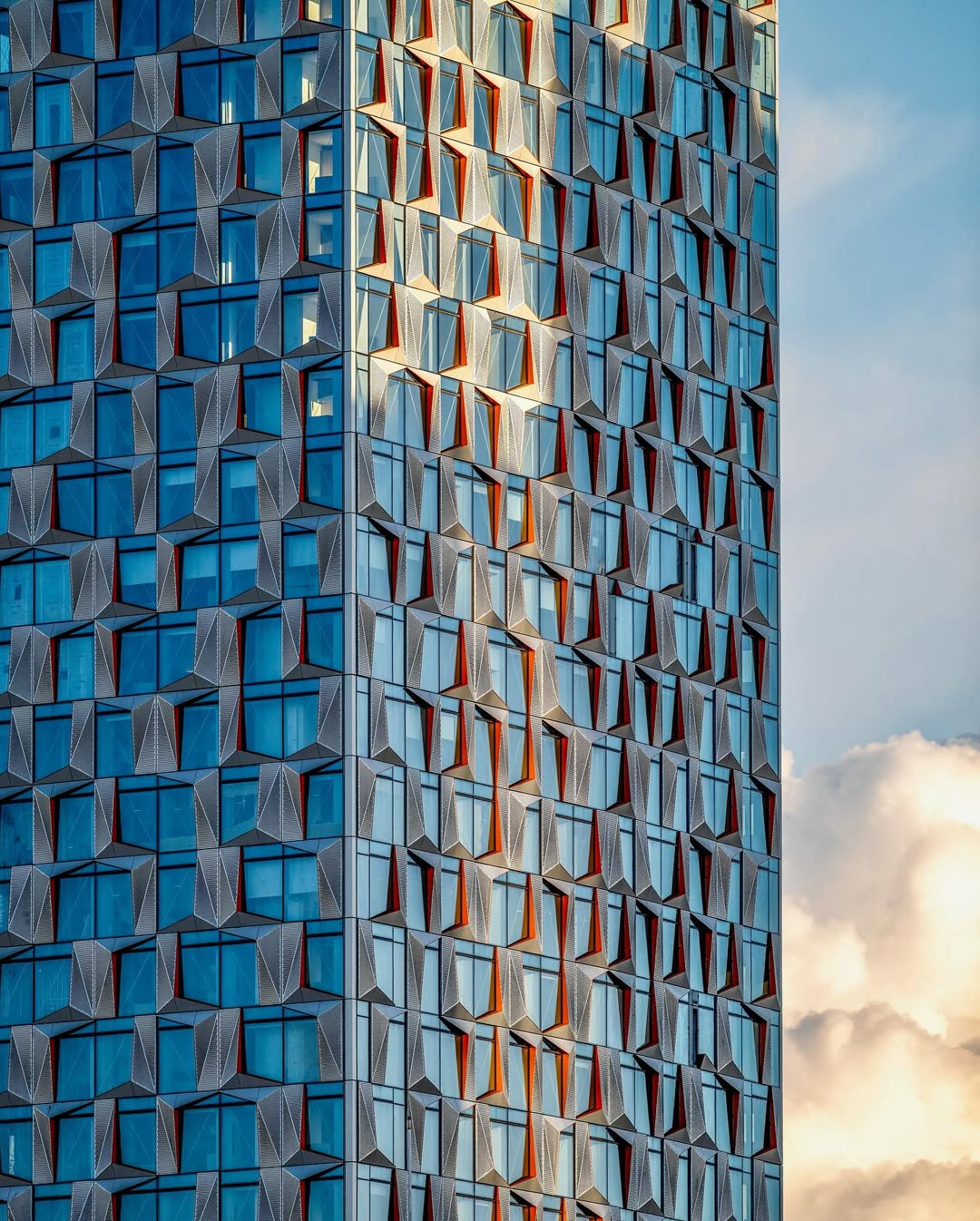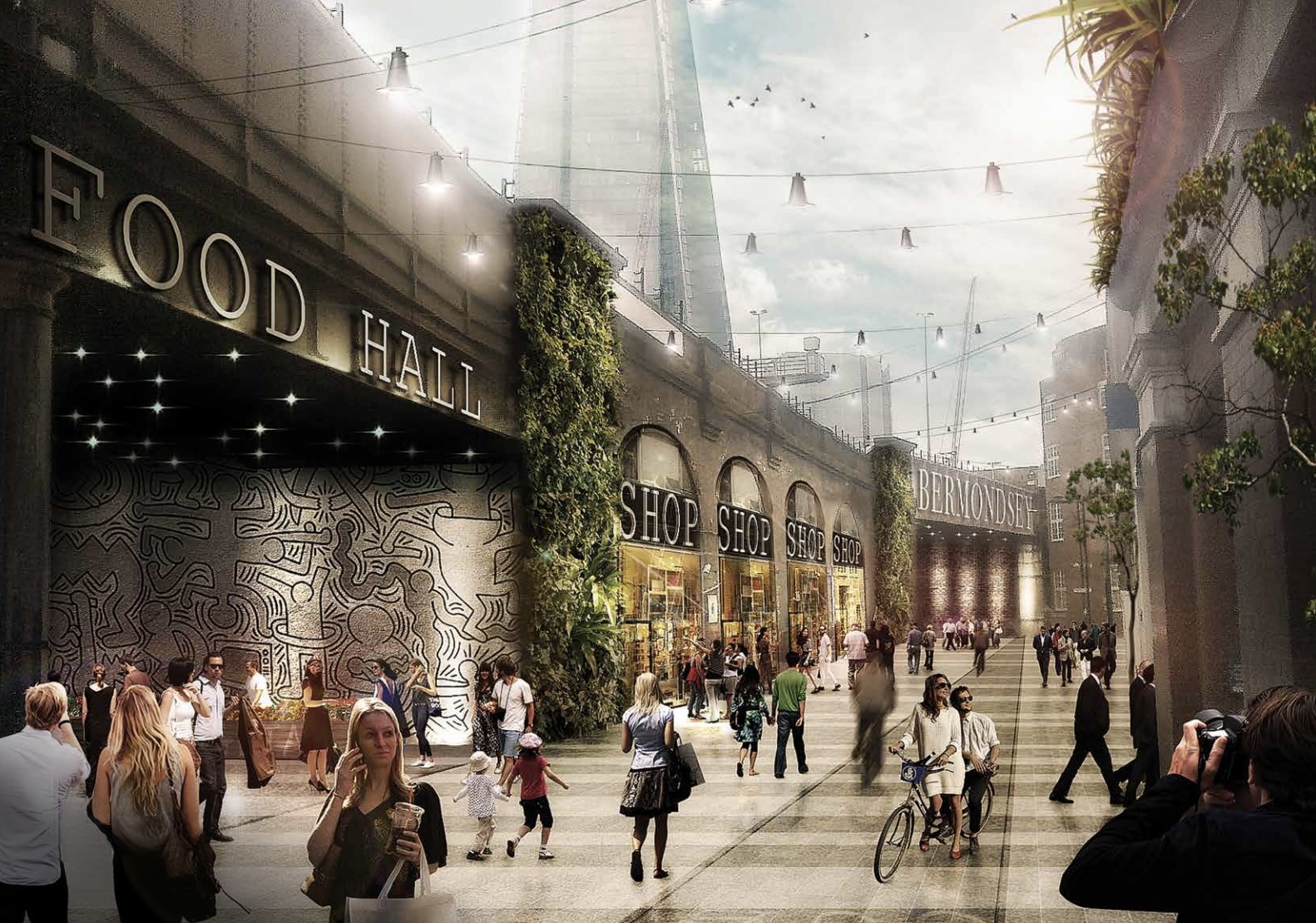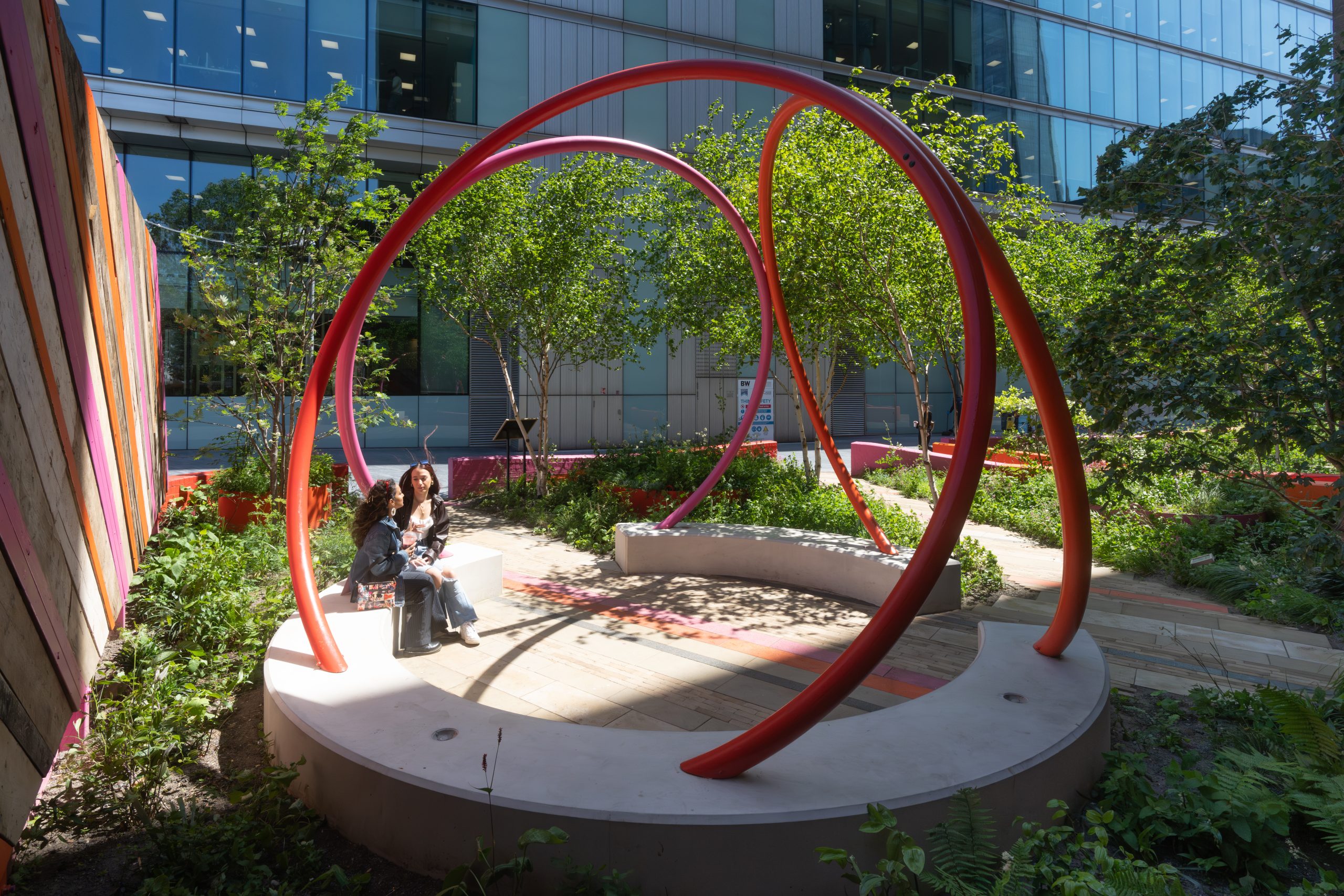Placeshaping in London Bridge
Statement of Policy
When working with development partners to bring good growth to London Bridge.


We recognise that new investment in our buildings, public spaces and infrastructure enriches the London Bridge area and is key to the ongoing success of London Bridge as a globally renowned Great Place for Business. Team London Bridge is uniquely placed to help developers realise the potential of their investment and protect the collective interest of our membership.
That is why we created the London Bridge Plan in 2015, a long-term vision for the area based on widespread engagement and passionate feedback from across the community. This document set out some site specific “placeshaping” ambitions for the area, like the Low Line, the St Thomas Street Boulevard and a medical hub, as well as cross cutting themes like navigation, green grid, area identity, responsible business and partnerships.
Much of the Plan was embedded in the London Bridge Area Vision and site allocations in the Southwark Plan (adopted in 2022), constituting a great success of the business community working with Southwark Council. Our work is constantly kept up to date through consultation, data collection, review of our services and new strategies.
Our Principles for Collaboration
Team London Bridge commits to building a positive and open relationship with any developer who wants to invest in the area. If you are submitting a planning application, these are the principles that we apply to ensure this positive relationship, while seeking to deliver the vision for the area that our business community demands of us and protecting the collective interest of our membership.
1. We strongly suggest developers/landlords engage with us at the genesis of proposals and well before pre-application consultation so that we can ensure you have access to documents, data and contacts that will positively inform the design and consultation process.
2. It is the occupiers of future buildings will become our members, not the developers/landlords. We therefore welcome the chance to work with the developer from the drawing board until completion to ensure a successful introduction to future occupiers, as well as building managers.
3. We will respond to planning applications deemed significant in scale (like a new or refurbished building impacting on the public realm), raising new/novel issues (such as a new type of use or building approach) and/or where it impacts on one of our strategic areas of work (like converting a cultural venue into residential).
4. When responding, we take a neutral position, neither supporting or objecting to planning applications. This enables us to maintain impartiality, and make comments purely based on our focus areas to benefit our business community.
5. We have specific areas of focus that we will comment on (though wording may change based on the wording used in the application). These are based on themes where we can demonstrate a mandate for delivering on behalf of the business community and where we have knowledge gained through our work here. These include:
- Public realm and greening.
- Promoting commercial cultural and community uses, including active frontages
- Servicing, deliveries and construction
- Area identity, including revealing the distinctive local character
- Environmental and social impact
- Diversity of uses and employment opportunities, including affordability and meanwhile uses
6. We make all our formal responses publicly available, including responses to consultation and the application, and will share responses with the developer, local councillors and case officers. Before submitting a response and making it public, we will send a draft to the developer and provide a week to give feedback, to ensure we haven’t commented unfairly or missed some information. We welcome opportunities for more informal meetings to provide feedback and help you gather information through the consultation process.
7. We will seek input from our business community where they may be directly affected, though we take a broader area-view on each application. We will relay as much as possible priorities from the business community that back up our comments. We will also communicate with local community groups where appropriate, ensuring that a business voice is heard in their discussions, but we will not reflect the community view unless there is overlap with the needs of the business community.
8. We often work with a planning consultant to reflect the seriousness of this work to all parties.
When responding to public authority works which have a public impact then we are able to support or object, particularly if it is in an area that we have been advocating (e.g. a public realm enhancement or a policy like ULEZ to improve air quality).
Key Documents
- The London Bridge Plan
- Southwark Plan London Bridge Area Vision and site allocations
- London Bridge Cycling Strategy and Action Plan
- Low Line Commons, Movement Strategy and Horizon Scanning Report
- Holyrood Street Public Realm Strategy
- Inns and Yards Public Realm Strategy
- London Bridge Green Grid Strategy and Management Plan
- London Bridge Culture Strategy
- London Bridge Net Zero Routemap
- A Healthy Placemaking Approach for London Bridge
- London Bridge Retail Strategy
- Placemark Listing Final Report and Consultation
Documents and previous responses to planning applications are here.
